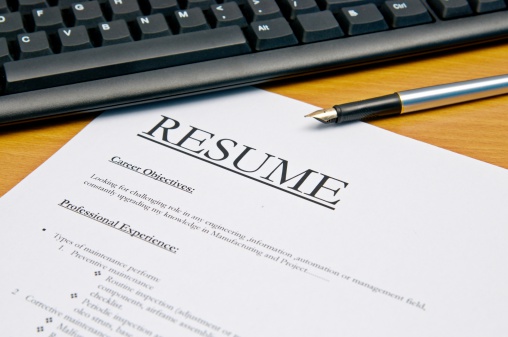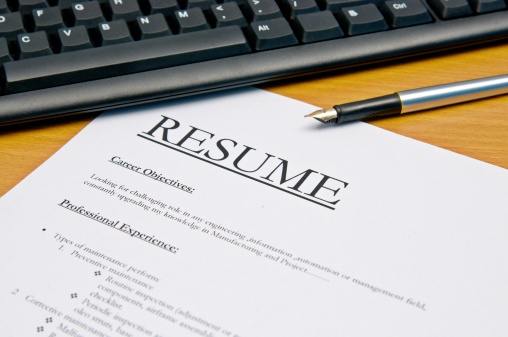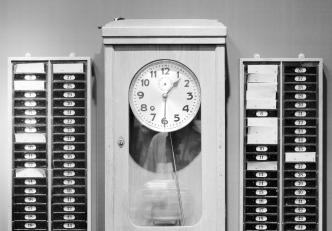E-signatures and HR: How IT Can Help the Business Hire Talent Faster
Learn how IT departments can lead the business toward a technology solution that makes HR processes faster and more agile. Download this white paper to learn more!
For more HR News, please visit: E-signatures and HR: How IT Can Help the Business Hire Talent Faster
Source: News from HR Morning



